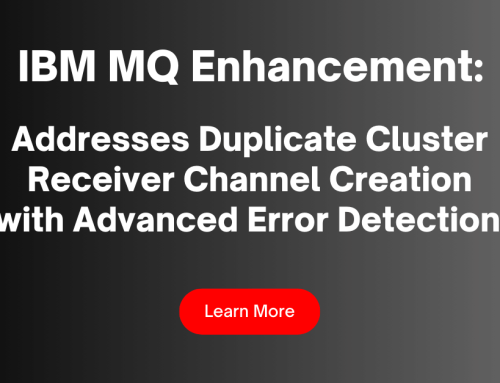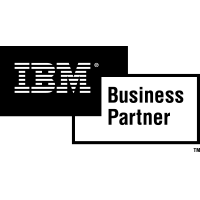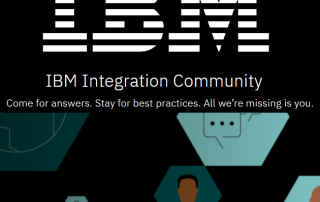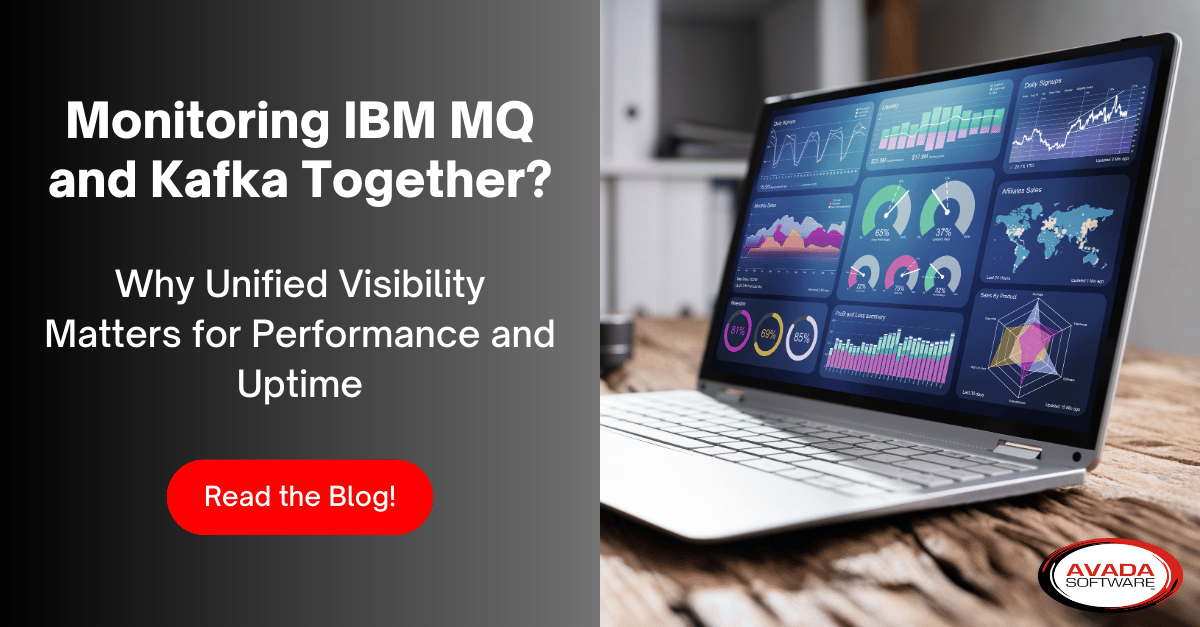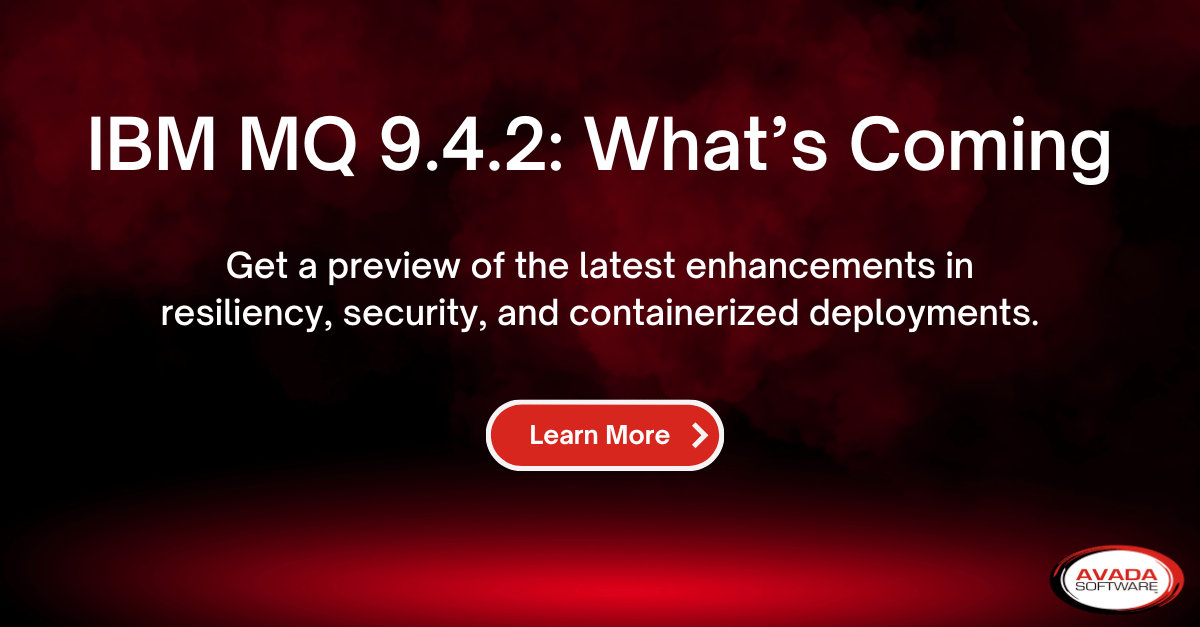by Natalie Miller • @natalieatWIS
Efficient companies seek visibility and relevancy in the Internet of Things
The Internet of Things (IoT) gives organizations the infinite ability to offer consumers new services, from the connected car to appliances that monitor their own maintenance needs. Yet these expansions can cause operational headaches on the back end with increased infrastructure and workforce costs.
Companies need to have more horsepower, more network speed, and a bigger workforce to oversee the rapidly growing IoT.
Avada Software’s flagship product, Infrared360™, brings visibility into the process to help organizations manage and monitor these many endpoints in their middleware environments without additional workforce costs.
Through trusted spaces and the ability to offload work from the administrator to the user, employees can perform their work without having to create an operational bottleneck and better manage the growing number of endpoints that are a part of the IoT.
In this Q&A, Robert Sordillo, Chief Technology Officer at Avada Software, explains the challenges that the IoT presents to organizations and how companies can gain visibility into these extra endpoints through improved management and monitoring on the backend.
Insights Magazine: Where do most companies lack visibility within their middleware environments and how is this affecting the business?
Robert Sordillo: I would say most companies lack the visibility and/or capability to manage distinct middleware software products in one solution as opposed to managing each solution as a distinct offering. Companies have [IBM] WebSphere AS, WebSphere MQ, and Integration Bus and have different products and management/support groups for each one. This solution will not scale very well in the IoT world. Service and the workforce will suffer as a result. Infrared360™ is a management monitoring tool for various endpoints such as app servers, WebSphere MQ, and WebSphere [Message] Broker, which is now [IBM Integration Bus], works as a single-server installation that can fit in an organization’s existing environment, and has the capability to combine the management and monitoring of these products into a common solution.
IM: The IoT concept seems to offer so many interconnections to manage, from systems to applications to devices to networks. What are the challenges that administrators face when trying to monitor the various services in their network?
Sordillo: The IoT is obviously allowing for more endpoints with the goal of allowing people to access those endpoints. That’s a great thing for the end-user because now he can basically connect to many more and different things. For the person who is actually managing the IoT, this creates a big problem because now you have to worry about, “Well now am I going to have the machines that can handle the load of the additional endpoints? Am I going to have the network?” And third and most important is, “Do I have the people to maintain all these new endpoints?” Because these could be exponential endpoints; you’re talking IoT. It could be thousands upon thousands. This sounds great to the end user, but to the person that’s implementing it, you’re going to run into the problem of who’s going to manage this, who’s going to maintain it—again, machine power, network speed, all that comes into play that the regular user doesn’t think about—how we’re going to provide all this stuff.
You really need all three things: the machines, the network, and the workforce—the people to basically make sure everything is working properly and that people are happy with it. So those are the challenges. Infrared360™ offers the advantage of not having to add additional workforce to manage more endpoints because, again, with Infrared360™ you can add endpoints in minutes. So you can say, “I just created another new endpoint for the IoT, I’m going to add it to IR and click a couple buttons, monitor it,” and you’re off and running. The workforce doesn’t necessarily have to grow as exponentially as the endpoints exponentially grow, because Infrared360™ should be able to handle, point, manage, and monitor that endpoint pretty much instantly.
Read the rest of the Q&A as originally published by Insights Magazine.


